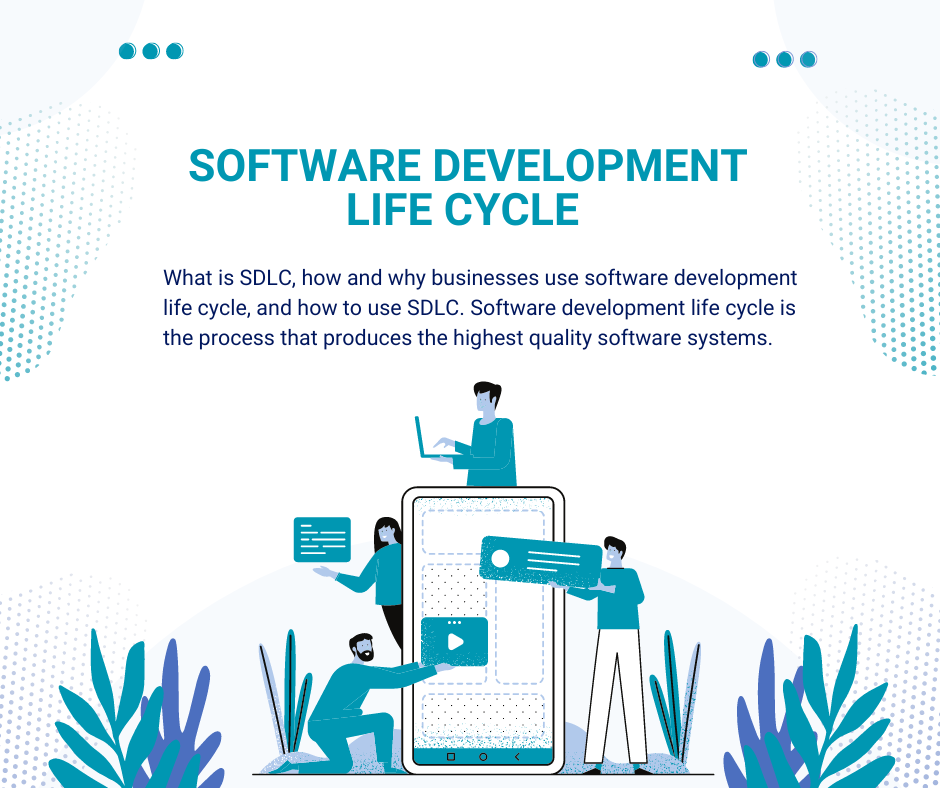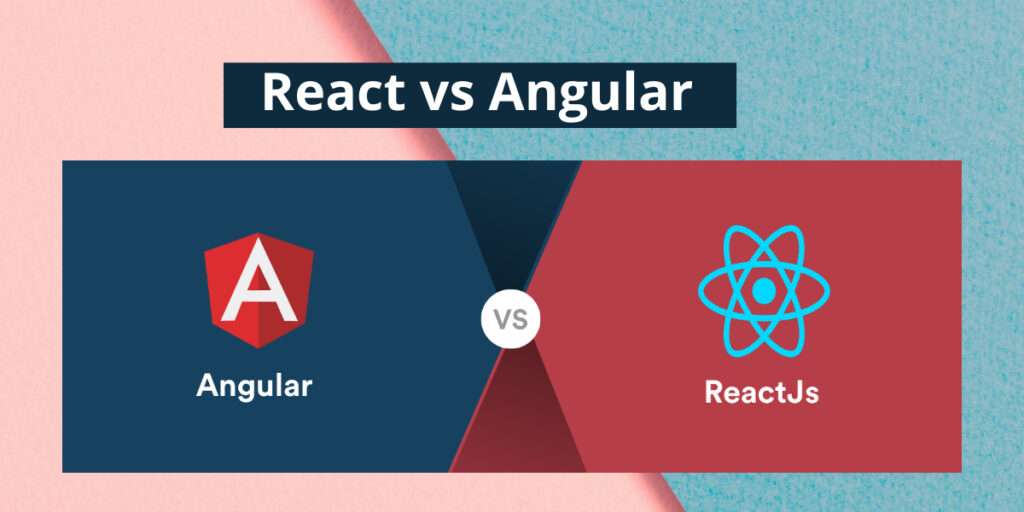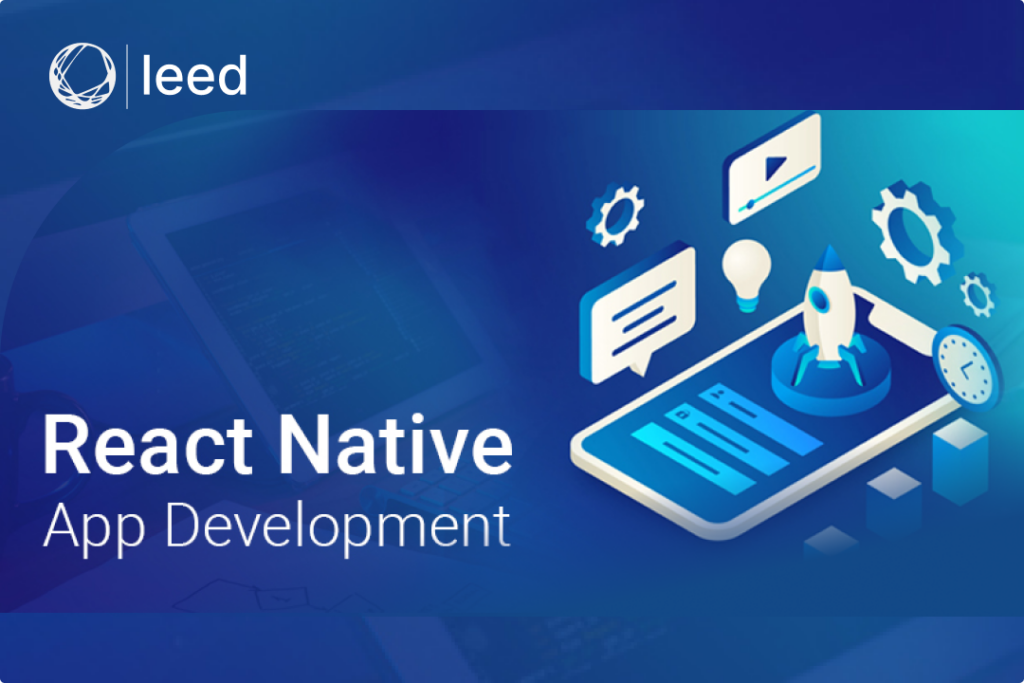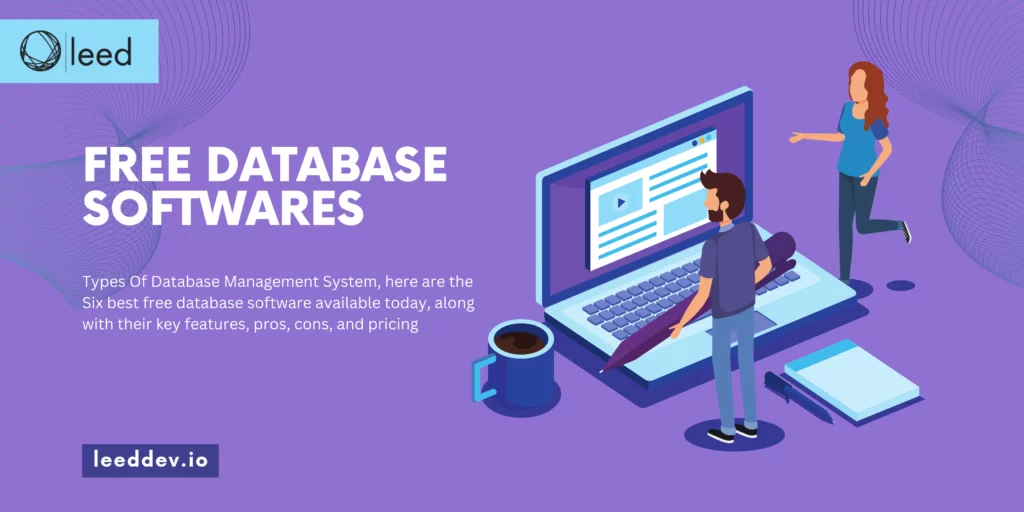Get ready to accelerate your software dreams with perfact software development life cycle stages where possibilities meet reality. You can say that innovation starts here! Embrace the dynamic phase of the SDLC that will help you meet the requirements tailored to the app’s full potential.
With a great life cycle development software, you can leave no room for error. The software development process will help you accelerate your dreams. So don’t just dream about your projects; let your dreams become reality with the SDLC methodology. In this article, I’ll explain SDLC life cycle stages and how SDLC works.
Read also: Methodologies for Software Development
What is Software Development Life Cycle (SDLC)?
The software development life cycle is the process that produces the highest quality software. But at the same time, it is responsible for lowering the budget cost in the shortest period possible. Many software companies use the development life cycle to simplify design, development, and testing. It helps produce high-quality software that can exceed customer expectations.
Benefits Of SDLC
Following are some of the benefits of software development life cycle project management:
- Increased visibility of the development process for all of the stakeholders that are involved.
- Project managers can better control the whole process as clear phases, and milestones are made.
- It’s easy to have a better cost estimate, along with this risk management process is also easy.
- Encourages regular collaboration and communication between team members, stakeholders, and clients.
- Planning, estimation, and scheduling of a project becomes efficient and simplified.
Stages of Software Development
Now we know what a software development life cycle is, and the next thing we will discuss is the stages of the software development life. Well then, let me explain the stages of software development in simplified form.
Requirement Analysis
The first step in the SDLC process is requirement gathering. The requirement analysis stands out as a crucial and fundamental stage. It involves the senior members of the team gathering information from various sources. This information is then used to create a plan for the project.
You also need to document the requirements, and getting approval from the customers or the market is better. This is done with the help of a Software Requirement Specification document.
Designing
After gathering the requirements, the next phase is the designing phase. In the design phase of SDLC, software engineers carefully review the requirements. And after understanding the requirements, they identify the best plans for the creation of the software. This may include considering better technology choices and pre-existing modules. They also have to consider different developmental tools for the better development of software. They have to integrate the new software into any existing IT infrastructure the organization might have.
Implementation
The next step after designing comes to the implementation process. This is where the development team comes in, and the actual development starts. It’s necessary that every developer stick to the original blueprint. The software developers analyze the requirements and make smaller coding tasks. Due to this, it is easy to produce consistent code that is easier to understand. And then, these codes go to the next phase, which is the testing phase.
Testing
The question that arises here is, did we get the result that we wanted? In this phase of software development life cycle, the codes are tested through automation and manual testing. The software is tested for issues and bugs. During the testing phase, if there are any defects, then those have to be resolved. Only then you can go to the next step. In most cases, testing phases often run parallel to the development phase so the bugs can be resolved as soon as possible.
Deployment
After software development, the codes are tested on different copies of the software to which the user has access. At this point, the main aim is to release the software to real users so they can start using it. However, some organizations prefer to first test the software in different environments like a testing or staging area.
This helps them ensure that everything works well and gives a chance to people involved to try out the software before it’s officially launched. It’s a way to catch any remaining errors or issues before the final release.
Software Development Life Cycle Models
Now let’s discuss some of the SDLC models that are followed during the software development process. These models are also called Software Development Process Models. Each model has their own pros and cons and follows a specific way to ensure success in the software development process. The main software models are as follows:
Waterfall Development Model
In the waterfall model, all the phases are arranged sequentially. In this model, each new phase is dependent on the outcome of the previous phase. Due to this model, proper discipline and a tangible result can be achieved at each phase. This is one of the simplest and oldest structured methods.
So basically, the design flows in one direction from the previous phase to the next, like a waterfall. Although changes can be made at the end of the phase, this may affect the cost and delivery time of the project.
Pros & Cons
The pros of one of the software development life cycle models, Waterfall, are as follows:
- Breaks the project into clear and well-defined phases.
- Easy to estimate timeline and budget
- Proper documentation is done, due to which it is easy to track progress.
- The model is perfect for small projects with well-defined requirements.
The cons of the waterfall methodology are as follows
- The model is inflexible, and it is difficult to make changes
- Provides limited customer involvement during the development
- If any issues arise during development, they may be detected later, which can lead to project failure.
- Changes can be expensive if the project has passed through the initial stages.
Iterative Model Development Module
The Iterative Model involves that during the project planning, teams should work with a small set of requirements. Every development cycle produces an incomplete but deployable version of the software. The iterative Model is one of the software development life cycle models in which requirements are added iteratively.
In the first iteration, a small set of requirements are present. A new software version is produced at the end of each iteration. Simultaneously during each iteration, requirements are increased, and in the last iteration, a complete set of requirements are present.
Pros & Cons
The pros of Iterative methodology are as follows:
- Allow continuous feedback and adaptability during the software development life cycle.
- Easy to plan parallel development
- It’s relatively inexpensive to change the scope or requirements of the project.
- Risks and bugs can be identified and solved during the iteration.
The cons of Iterative methodology are as follows:
- More resources are required as compared to other methodologies
- Design or system issues may arise as all the requirements are not gathered
- Not suitable for smaller projects.
- The progress of the project is dependent on the risk analysis.
Spiral Model Development Module
The spiral software development life cycle model combines the technique of Waterfall and the Iterative model. In this model, small iterative repeated cycles are made along with following the waterfall sequential method.
This is done to prioritize risk analysis. In this model of the software development life cycle, the development team evaluates the project. They also determine which elements of other models should be incorporated.
Pros & Cons
The pros of the Spiral Model are as follows:
- The model allows extensive use of prototypes.
- Suitable for complex and large projects.
- Changes can be made, and it’s easy to adjust requirements
- Development can be divided into smaller parts, due to which the team can focus on the risky parts first.
V-Model Development Module
The V software development life cycle model is also known as Verification and Validation model. In the V model, verification phases and validation phases are both run in parallel. It’s a structured model, and each new phase begins only after finishing the previous one. The V-Model is like an advanced version of the waterfall model.
Each verification phase is linked with the validation phase so that the model can run in a V shape. It links each development stage with a specific testing phase. So, for every step in the development process, there is a corresponding testing step.
Pros & Cons
The pros of V-Model are as follows:
- Phases are completed at one time, due to which discipline can be maintained.
- Best for smaller projects
- The V software development life cycle model is simple and easy to use.
- Each phase comprises a review process and specific deliverables.
The cons of V-Model are as follows:
- The V model has a rigid and sequential nature.
- Less adaptable to changes in project scope or requirements
- Late detection of defects as testing is often left
Agile Development Module
In the agile model, phases are arranged into specific development cycles. This is a combination of iterative and incremental process models. In the agile methodology, the focus is on customer satisfaction. The development team tries its best to achieve the goal.
Agile is a software development life cycle model that involves breaking the complex project into smaller incremental builds. The builds are provided in the form of iteration. You can say that the iterations last about one to three weeks. At each iteration, testing is also done to identify any issues. Due to this, the bugs can be fixed before they turn into anything serious.
Pros & Cons
The pros of Agile methodology are as follows:
- This methodology promotes rapid development, due to which issues can be solved early.
- With the help of this methodology, it’s easy to change requirements and priorities effectively.
- Resource requirements are minimum.
- Customers and stakeholders are involved, and it’s easy to obtain their feedback.
The cons of Agile methodology are as follows:
- The methodology is not suitable for handling complicated dependencies.
- Excessive feedback from customers can lead to major scope changes that could be a hindrance.
- There is more risk of maintainability, sustainability, and extensibility in the agile methodology.
- Lack of documentation process and due to this, the transfer of technology to other members can be challenging.
Big Bang Model
The Big Bang Model is a software development approach where all available resources are concentrated on coding without much planning. In this model, no specific process is followed by the developers. The requirements are implemented as they come without following a strict plan. Any changes needed might result in significant changes to the entire software.
Pros & Cons
The pros of the Big Bang software development life cycle model are as follows:
- There is very little or no planning required, along with resources.
- Gives the developers flexibility and is easy to manage.
- The model is best for smaller projects.
The cons of the Big Bang Model methodology are as follows:
- Without proper planning, there is a high risk of project failure
- With minimal planning and testing, the software’s quality may suffer.
- There is a chance that requirements are not understood. This can turn out to be very expensive.
- Not a good model for ongoing or long projects
Conclusion
Get on board the Software Development Life Cycle (SDLC), where dreams become realities and innovation flourishes! SDLC ensures top quality software while meeting customer expectations while optimizing costs and meeting deployment. With its many models such as Waterfall, Iterative, Spiral, V-Model Agile or Big Bang to suit individual project requirements. You can embrace its power where creativity meets skill and watch as your software dreams come alive with impactful realities! Take flight into this dynamic realm of SDLC!




